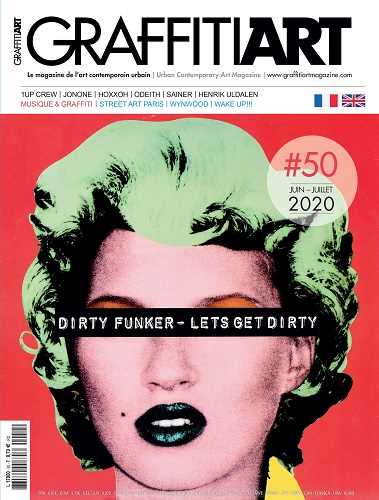
Magazine Street is a vibrant and eclectic neighborhood in New Orleans, Louisiana. It is known for its unique art scene, with numerous galleries lining the street. Magazine Street art galleries offer a diverse range of artwork, showcasing the talent of local and international artists.
One of the highlights of Magazine Street art galleries is the variety of styles and mediums on display. From traditional paintings and sculptures to modern installations and mixed media, there is something for every art lover. The galleries feature works by both emerging and established artists, creating a dynamic and ever-changing artistic landscape.
Exploring the art galleries on Magazine Street is a true feast for the senses. Each gallery has its own unique atmosphere and aesthetic, creating a rich and immersive experience for visitors. Whether you are a seasoned art enthusiast or just curious about the local art scene, you are sure to be captivated by the creativity and talent on display.
Magazine Street art galleries also play an important role in supporting and promoting local artists. They provide a platform for artists to showcase their work and connect with a wider audience. Many galleries host regular exhibitions and events, allowing visitors to not only view artwork but also engage with the artists themselves.
Whether you are an art connoisseur or simply appreciate beauty, Magazine Street art galleries offer a unique and enriching experience. Take a leisurely stroll down this vibrant street and immerse yourself in the world of creativity and expression.
Street art is an artistic movement that originated in the late 20th century and has since gained popularity around the world. It is a form of visual art displayed in public spaces, often created illegally and without permission.
Early Roots
The roots of street art can be traced back to the graffiti and mural painting traditions of ancient civilizations such as Egypt, Greece, and Rome. These early forms of public art often served as political or social commentary and were used to communicate messages to the masses.
In the 20th century, street art took on a new form with the rise of urban culture and the emergence of graffiti as a form of self-expression for marginalized communities. Artists such as Jean-Michel Basquiat and Keith Haring used the streets of New York City as their canvas, creating vibrant and powerful artwork that challenged societal norms.
Evolution and Global Movement
In the 1980s, street art began to evolve beyond graffiti and murals, incorporating other mediums such as stencils, wheatpaste, and stickers. Artists like Banksy and Shepard Fairey popularized these techniques, using their art to address political issues and social inequality.
As the movement gained momentum, street art started to be recognized as a legitimate form of artistic expression. Galleries and museums began to showcase street artists’ work, and festivals and exhibitions dedicated to street art were organized around the world.
Today, street art continues to push boundaries and challenge conventional ideas about art and its place in society. It serves as a platform for marginalized voices and a means of reclaiming public spaces.
Whether it is a colorful mural on the side of a building or a thought-provoking stencil on a street corner, street art has become an integral part of contemporary culture, captivating audiences and sparking conversations wherever it is found.
Evolution of Street Art
Street art has come a long way since its beginnings in the late 20th century. What was once seen as vandalism or graffiti is now recognized as a legitimate art form. It has evolved from simple tags and graffiti lettering to intricate and thought-provoking murals that can be found all over the world.
The evolution of street art can be attributed to several factors. Firstly, the rise of hip-hop culture in the 1970s played a significant role in popularizing graffiti as a form of self-expression. Graffiti writers used spray paint and markers to create intricate lettering styles and tag their names on walls, trains, and other surfaces.
Over time, street artists began to experiment with different mediums and techniques, pushing the boundaries of what was possible. This led to the emergence of stencil art, where artists would create intricate stencils and use them to quickly reproduce their designs on walls.
Another significant development in the evolution of street art was the introduction of street art festivals and international art events. These events provided a platform for street artists to showcase their work and collaborate with other artists. They also helped to legitimize street art as a recognized and respected art form.
The subject matter of street art has also evolved over time. While graffiti lettering and tags are still prevalent, street artists now create murals that address a wide range of issues, including social and political commentary, environmental activism, and community engagement.
In recent years, street art has gained mainstream recognition and can be found in galleries, museums, and public spaces around the world. It continues to evolve and adapt to new technologies and trends, with artists incorporating digital elements, interactive installations, and augmented reality into their work.
The evolution of street art has transformed it from a marginalized and underground movement into a widely celebrated and respected art form. It has become a powerful medium for self-expression, community engagement, and social activism.
Street art is not just about creating visually stunning works, but also about challenging norms and sparking conversations. It continues to push boundaries and inspire artists and art enthusiasts alike.
Street Art vs. Graffiti
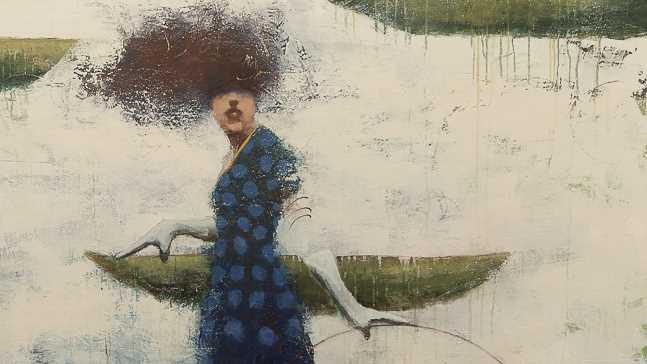
Street art and graffiti are often used interchangeably, but they are actually two different art forms that share similarities but also have distinct characteristics.
Street Art
Street art refers to any type of visual art that is created in public spaces, usually using non-traditional materials and techniques. It often includes paintings, murals, sculptures, and installations. Street artists use these public spaces as their canvas to convey messages, express their creativity, and make social or political statements.
Street art is usually legal, with artists obtaining permission from the property owners or participating in city-sponsored projects. It is often seen as a way to revitalize and beautify urban areas, transforming blank walls and abandoned buildings into vibrant and thought-provoking artworks. Street artists use a variety of materials, such as spray paint, stencils, wheatpaste, and stickers, to create their works.
Graffiti
Graffiti, on the other hand, is generally considered illegal and is often associated with vandalism and defacing property. It involves the unauthorized marking or tagging of public or private surfaces with paint, markers, or other materials. Graffiti can be seen as a form of self-expression or a way to mark territory.
Graffiti is usually created quickly and often without much thought or planning. It is typically characterized by bold, stylized lettering and colorful designs. While there may be skilled graffiti artists who create intricate and elaborate works, graffiti as a whole is often viewed negatively by society and can result in fines or other legal consequences.
Despite these differences, there is some overlap between street art and graffiti. Some street artists may incorporate graffiti-style elements into their works, blurring the line between the two. Additionally, both street art and graffiti have gained recognition in the art world and have been exhibited in galleries and museums.
The Rise of Magazine Street Art Galleries
In recent years, magazine street art galleries have become increasingly popular. These unique spaces offer a platform for both established and emerging street artists to showcase their work to a wider audience.
Magazine street art galleries can be found in various cities around the world, such as New York, London, and Paris. They often occupy abandoned buildings or unused spaces, bringing life and vibrancy to areas that were once neglected.
One of the reasons for the rise of magazine street art galleries is the increasing recognition and acceptance of street art as a legitimate form of artistic expression. What was once seen as vandalism is now embraced as a powerful medium for social commentary and creative exploration.
Magazine street art galleries provide a curated selection of artwork, ranging from murals and graffiti to stencils and installations. They attract a diverse audience, from art enthusiasts to curious passersby, who are drawn to the creativity and energy that street art brings.
These galleries also offer a unique opportunity for artists to connect with collectors, curators, and other artists. It serves as a launching pad for many street artists, helping them gain exposure and establish their careers in the art world.
Furthermore, magazine street art galleries often host events, workshops, and artist talks, fostering a sense of community and collaboration. They create a space where artists can learn from each other, share ideas, and push the boundaries of their craft.
Overall, the rise of magazine street art galleries has contributed to the growth and evolution of street art as a respected art form. It has provided a platform for artists to express themselves and has brought art out of traditional galleries and into the streets, making it accessible to a wider audience.
Famous Magazine Street Art Galleries
Magazine Street in New Orleans is home to a vibrant and diverse art scene, with numerous galleries showcasing the work of local and international artists. Here are some of the famous art galleries that you shouldn’t miss when exploring Magazine Street:
1. The Red Truck Gallery
The Red Truck Gallery is a must-visit destination for art enthusiasts. Known for its contemporary and pop-surrealist art, this gallery features works from both emerging and established artists. The space is vibrant and constantly changing, making it an exciting place to explore.
2. Jonathan Ferrara Gallery
Founded by Jonathan Ferrara, this gallery has been showcasing thought-provoking and socially-engaged artwork for over 20 years. The gallery supports both local and international artists, with a focus on contemporary and cutting-edge art. With its commitment to promoting dialogue and pushing boundaries, Jonathan Ferrara Gallery is a true gem on Magazine Street.
3. LeMieux Galleries
LeMieux Galleries is one of the oldest and most respected galleries in New Orleans. With a rich history dating back to the 1980s, this gallery has consistently showcased a wide range of artistic styles and mediums. From paintings to sculptures, LeMieux Galleries offers a diverse selection of art for both seasoned collectors and art enthusiasts.
4. Octavia Art Gallery
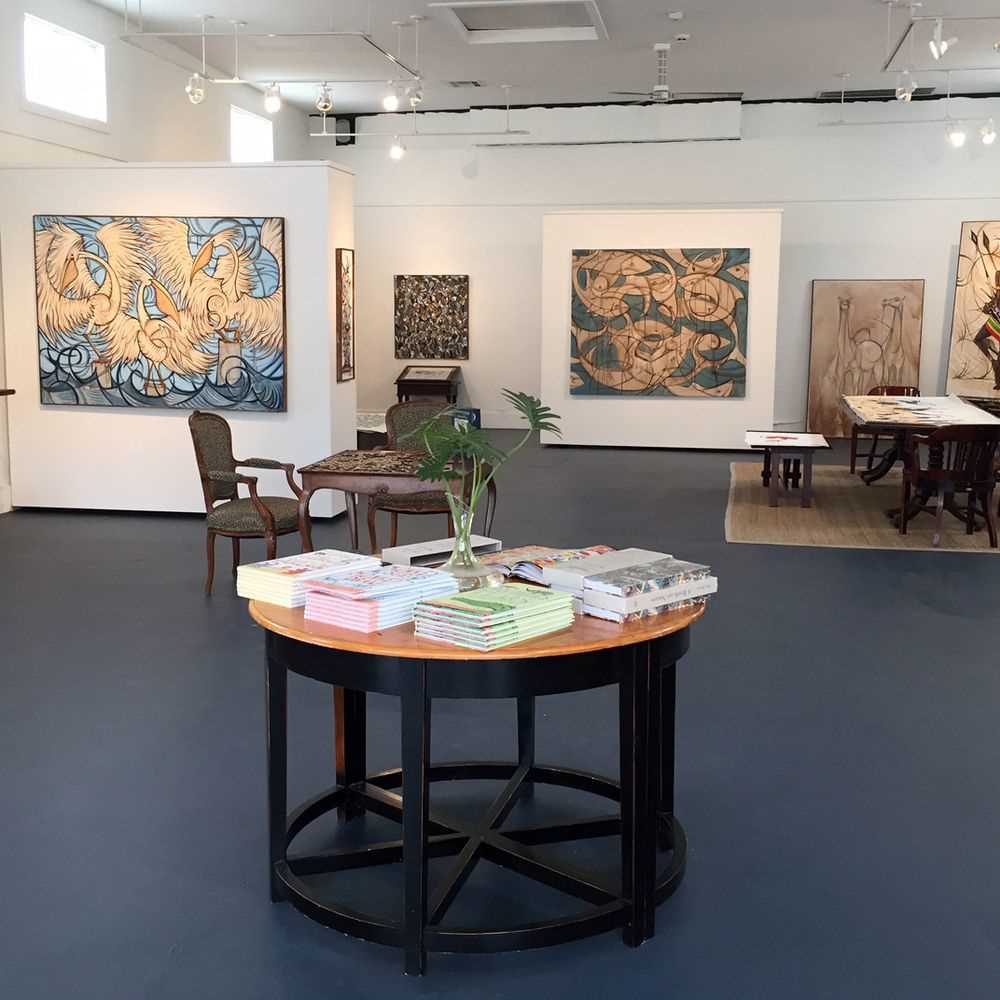
Octavia Art Gallery is known for its contemporary art and commitment to showcasing work by both established and emerging artists. The gallery represents artists from around the world, with a focus on vibrant and thought-provoking pieces. The space itself is modern and inviting, making it a must-visit for any art lover.
5. Barrister’s Gallery
Barrister’s Gallery is a unique gallery that combines contemporary art with a touch of New Orleans’ rich cultural heritage. The gallery frequently hosts exhibitions and events that celebrate the city’s diverse artistic community. With its warm and welcoming atmosphere, Barrister’s Gallery is a favorite among both locals and visitors.
These are just a few of the famous art galleries that you can explore on Magazine Street in New Orleans. Whether you’re an art collector or simply appreciate the beauty of creativity, these galleries offer a unique opportunity to immerse yourself in the world of contemporary art.
| Gallery | Location | Website |
|---|---|---|
| The Red Truck Gallery | 938 Royal St, New Orleans, LA 70116 | www.redtruckgallery.com |
| Jonathan Ferrara Gallery | 400A Julia St, New Orleans, LA 70130 | www.jonathanferraragallery.com |
| LeMieux Galleries | 332 Julia St, New Orleans, LA 70130 | www.lemieuxgalleries.com |
| Octavia Art Gallery | 454 Julia St, New Orleans, LA 70130 | www.octaviaartgallery.com |
| Barrister’s Gallery | 2331 St Claude Ave, New Orleans, LA 70117 | www.barristersgallery.com |
Artists in Magazine Street Art Galleries
Magazine Street in New Orleans is known for its vibrant art scene, with numerous art galleries showcasing the work of local and international artists. These galleries feature a diverse range of styles and mediums, from traditional painting to contemporary sculpture and mixed media installations. Here are a few notable artists whose work can be found in Magazine Street art galleries:
1. John Smith

John Smith is a New Orleans-based artist known for his colorful abstract paintings. His work often explores themes of nature and spirituality, using layering and texture to create depth and movement on the canvas. Smith’s paintings can be found in Gallery A on Magazine Street.
2. Jane Johnson
Jane Johnson is a well-known photographer who specializes in capturing the unique architecture and urban landscapes of New Orleans. Her black and white photographs offer a timeless perspective on the city’s rich history and cultural heritage. Johnson’s work is featured in Gallery B, where her prints are displayed in a series of curated collections.
These are just a couple examples of the talented artists whose work can be found in the Magazine Street art galleries. Whether you’re a seasoned art collector or simply appreciate the beauty of visual expression, a visit to these galleries is sure to inspire and delight.
| Artist | Galleries |
|---|---|
| John Smith | Gallery A |
| Jane Johnson | Gallery B |
Popular Themes in Magazine Street Art

Magazine street art is a vibrant and dynamic form of expression that blends graffiti with collage techniques. Artists use images and text from magazines to create unique and visually striking pieces. While each artist brings their own style and perspective to their work, there are several popular themes that can be found in magazine street art.
- Political Statements: Many magazine street art pieces incorporate political messages and social commentary. Artists use iconic images and headlines from magazines to express their views on a variety of issues, such as inequality, environmental concerns, and political corruption.
- Pop Culture References: Another common theme in magazine street art is pop culture references. Artists incorporate familiar celebrities, movie characters, and symbols from popular culture to create visually engaging and relatable pieces.
- Nature and Wildlife: Magazine street art also often features elements of nature and wildlife. Artists use images of animals, landscapes, and natural phenomena to bring a sense of beauty and serenity to their work. These pieces can serve as reminders of the importance of protecting the environment.
- Identity and Diversity: Many artists use magazine street art as a platform to explore themes of identity and diversity. They incorporate images of people from different backgrounds, cultures, and ethnicities to celebrate and highlight the beauty of human diversity.
- Feminism and Gender Equality: Magazine street art also often addresses issues related to feminism and gender equality. Artists use images and text from magazines to express their support for women’s rights and challenge gender stereotypes.
These are just a few of the popular themes that can be found in magazine street art. By combining elements from magazines with graffiti techniques, artists create visually stunning and thought-provoking pieces that engage viewers and spark conversations.
Impact of Magazine Street Art Galleries on Local Communities
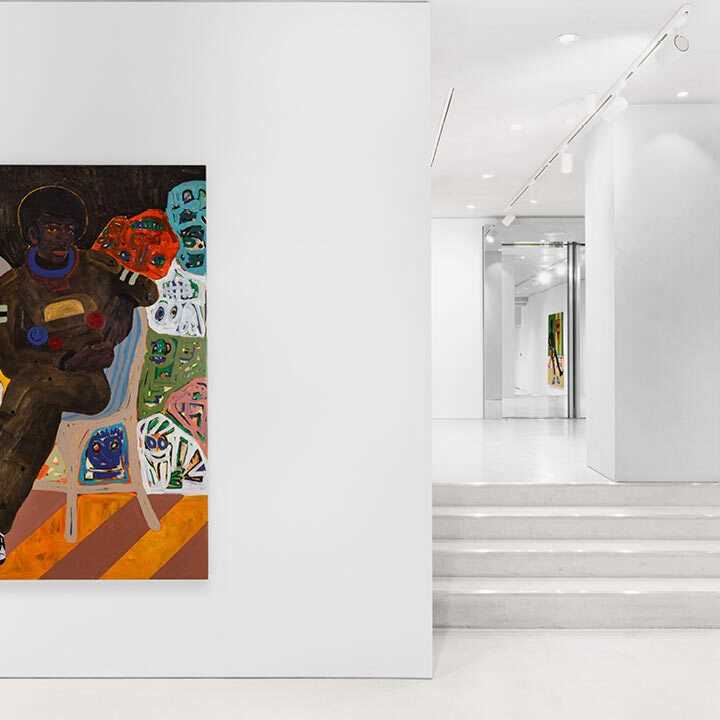
Magazine Street art galleries have a profound impact on local communities, both socially and economically. These vibrant art spaces attract tourists and locals alike, contributing to the cultural identity and the economic growth of the neighborhood.
Social Impact
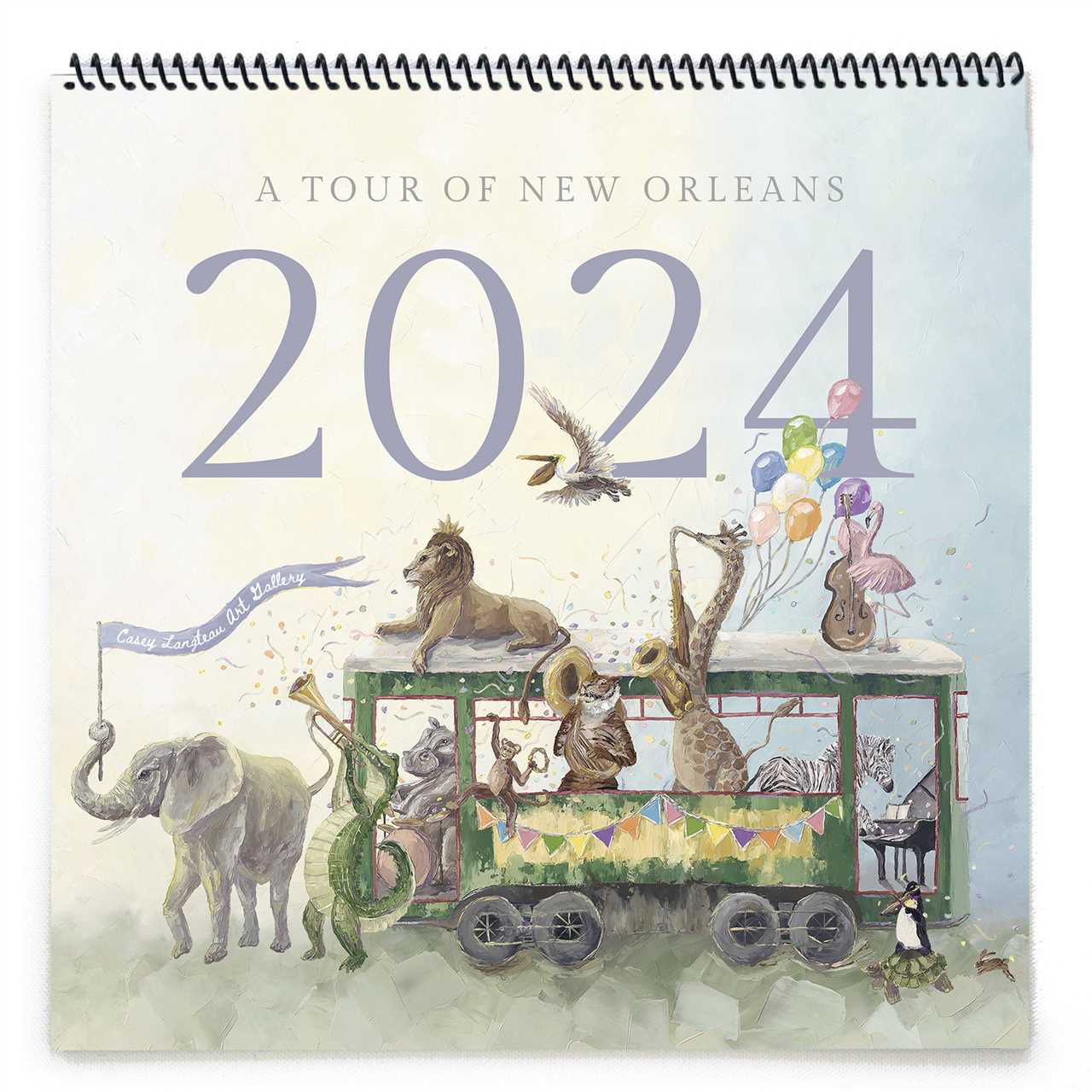
Magazine Street art galleries serve as a platform for local artists to showcase their talents and creativity. They provide a space for artistic expression and foster a sense of community among artists and art enthusiasts. Galleries often organize events and exhibitions that encourage interaction and dialogue, promoting a vibrant art scene and creating opportunities for artists and visitors to engage with each other.
Moreover, these galleries often collaborate with local schools, offering educational programs and workshops that inspire creativity and artistic skills in the younger generation. By providing a nurturing environment for art education, they contribute to the development of future artists while also fostering an appreciation for the arts among the younger population.
Economic Impact
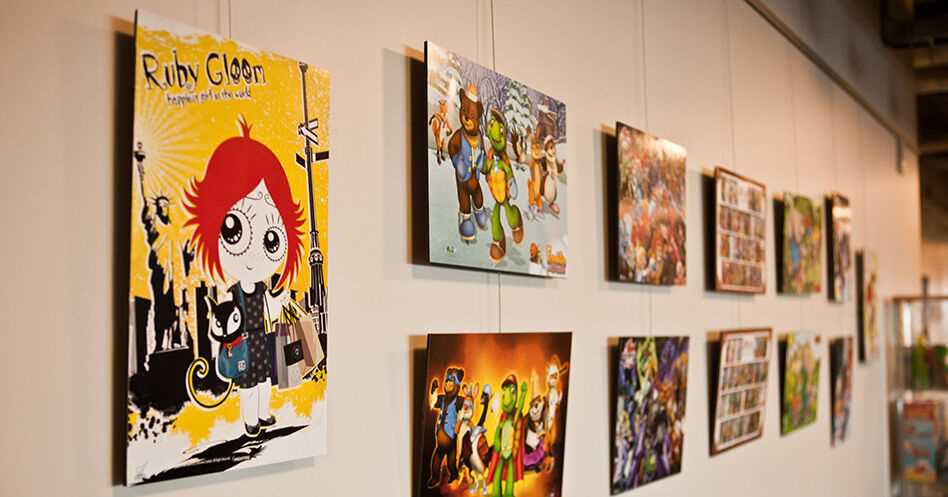
The presence of Magazine Street art galleries revitalizes local economies by attracting tourists and increasing foot traffic in the neighborhood. Visitors who come to explore the galleries often spend money on local businesses such as cafes, restaurants, and boutiques. This generates income and employment opportunities for the local community, contributing to the overall economic development.
In addition, many galleries collaborate with local businesses to create synergies and cross-promotions. They organize gallery walks and art events that encourage people to explore the neighborhood, which in turn benefits nearby businesses. This symbiotic relationship between art galleries and local businesses boosts the local economy and creates a thriving community.
- Art galleries contribute to the cultural identity and vibrancy of the community.
- They provide a space for artists to showcase their creativity and foster a sense of community.
- Galleries often collaborate with schools to inspire art education and creativity in the younger generation.
- Magazine Street art galleries attract tourists and increase foot traffic, benefiting local businesses.
- They collaborate with local businesses to create synergies and cross-promotions, boosting the local economy.
The Future of Magazine Street Art Galleries
In recent years, magazine street art galleries have become increasingly popular among art enthusiasts and collectors. These galleries, often found in trendy neighborhoods and cultural hubs, provide a space for both established and emerging artists to showcase their work. However, as technology advances and the art world evolves, the future of magazine street art galleries is uncertain.
One potential trend that may shape the future of magazine street art galleries is the growing popularity of online art platforms. With the rise of virtual galleries and online art marketplaces, collectors now have the option to browse and purchase artwork from the comfort of their own home. This shift towards digital art consumption may lead to a decrease in foot traffic and sales for physical gallery spaces.
The Importance of Community
Despite the challenges presented by online platforms, magazine street art galleries can continue to thrive by cultivating a sense of community and offering unique experiences that cannot be replicated online. By hosting artist talks, workshops, and events, these galleries can create a space for art lovers to come together, connect, and engage with the artwork in a tangible way. This sense of community and personal connection is something that cannot be replicated in the digital realm.
Adapting to Changing Tastes
Another key factor in the future of magazine street art galleries is the ability to adapt to changing tastes and trends in the art world. As new art movements emerge and evolve, galleries must be proactive in seeking out and representing artists whose work resonates with contemporary audiences. This could involve exploring new mediums, promoting diverse perspectives, and embracing unconventional forms of artistic expression.
Conclusion
While the future of magazine street art galleries may be uncertain, there are still opportunities for these spaces to thrive. By focusing on community engagement and adapting to changing tastes, these galleries can continue to offer a unique and valuable experience for both artists and art enthusiasts.

I am a mural enthusiast and a fervent admirer of street art. Rather than creating murals myself, I am passionate about collecting them. My love for street art knows no bounds. I am dedicated to curating and cherishing these artworks that grace the streets. My collection stands as a testament to my profound appreciation for this form of artistic expression.
read about me



